Microwaves are the ultimate kitchen convenience, but not every dish deserves a spin in this handy appliance. Some foods transform in ways that aren’t just unappetizing—they can even pose health risks. Here’s a guide to help you avoid microwave mishaps and enjoy your meals at their best.
1. Rice

Reheating rice in the microwave might seem harmless, but it’s a culinary gamble. Leftover rice can harbor Bacillus cereus, a bacteria that thrives when rice isn’t stored properly. Microwaving doesn’t always eliminate these toxins, putting your stomach at risk.
Even worse, uneven reheating can leave cold spots that invite bacterial growth. For a safer alternative, reheat rice on the stovetop with a splash of water. This method ensures both safety and flavor.
2. Eggs

Hard-boiled eggs can turn your microwave into a battlefield. When reheated, the moisture inside eggs expands, sometimes causing them to explode.
The result? A mess you’ll regret for days. Beyond the mess, reheating alters their texture, leaving them rubbery and unappealing. Instead of microwaving, enjoy leftover eggs cold or gently warm them in a pan. Your taste buds—and your kitchen—will thank you.
3. Fried Foods
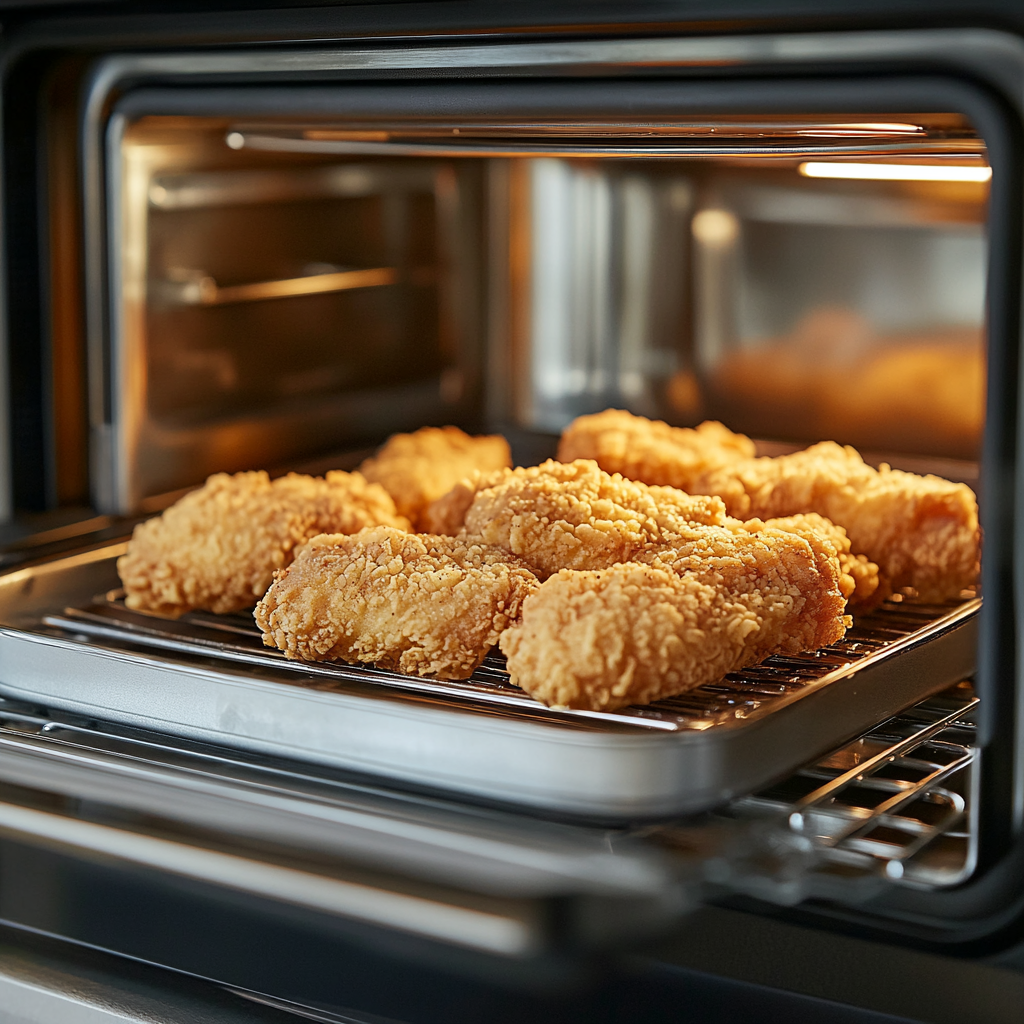
That crispy fried chicken you saved for later? Don’t let the microwave ruin it. This appliance transforms crunchy coatings into sad, soggy layers.
The microwave’s moist heat wreaks havoc on fried foods, stripping away their satisfying texture. To keep the crunch alive, reheat fried dishes in an oven or air fryer. It takes a little longer, but the result is well worth the effort.
4. Leafy Greens
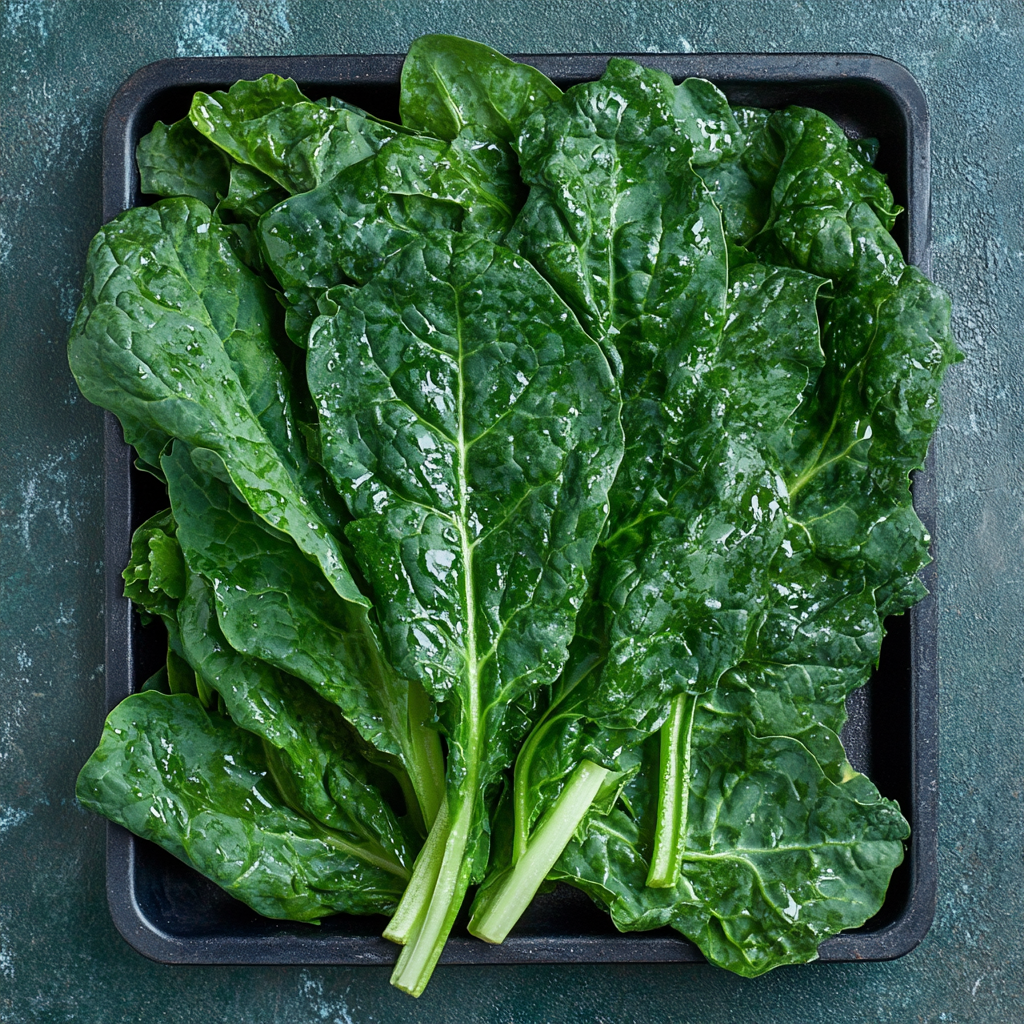
Spinach, kale, and other leafy greens might not be your first thought for reheating, but it’s worth knowing why they shouldn’t be. These greens contain nitrates, which can convert into harmful nitrites when exposed to high microwave temperatures.
While the health risks are still debated, the flavor change alone makes microwaving greens a poor choice. Instead, toss them into a fresh salad or a new dish to make the most of your leftovers.
5. Potatoes

Potatoes, when improperly stored or reheated, can develop Clostridium botulinum bacteria. This rare but serious risk arises when cooked potatoes are left at room temperature for too long. Microwaving doesn’t guarantee even heat distribution, potentially leaving harmful spots.
To play it safe, reheat potatoes in the oven, ensuring they’re thoroughly warmed. A little patience goes a long way in keeping your meal safe and delicious.
6. Seafood

Reheating fish or shellfish in the microwave is a recipe for disaster. The high heat can make seafood rubbery, dry, or overly fishy-smelling. Worse, uneven heating can lead to cold, unappetizing bites.
To keep your seafood dishes tasty, opt for a gentle reheat on the stove or in the oven. These methods preserve both texture and flavor while avoiding a microwave mishap.
7. Pasta with Creamy Sauces
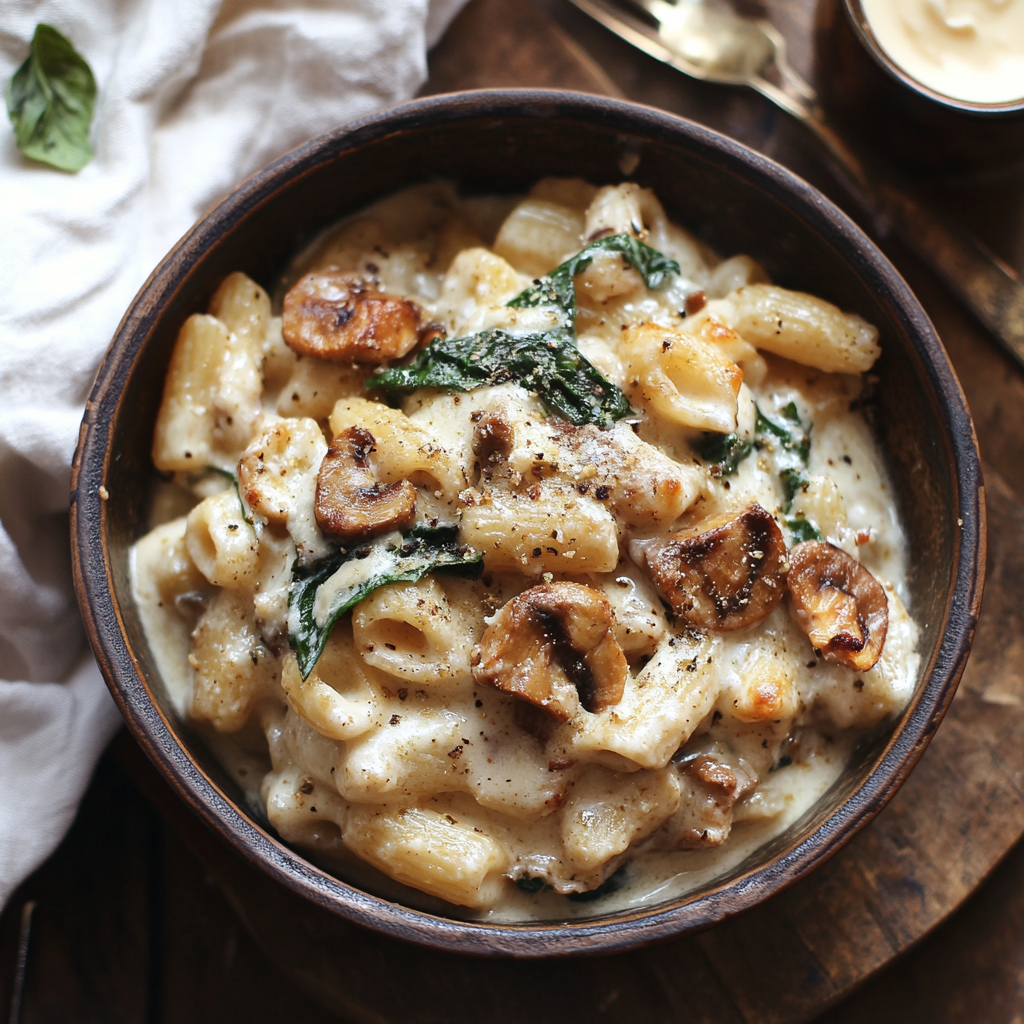
That luscious Alfredo sauce can take a tragic turn in the microwave. High heat causes creamy sauces to separate, leaving an unappetizing, greasy mess. Starchy pasta also absorbs moisture during microwaving, making it gummy and clumpy.
Reheat creamy pasta dishes in a saucepan with a splash of milk or cream for a silky, delicious result. You’ll preserve the dish’s integrity and enjoy it as intended.
8. Bread

Microwaving bread seems quick and easy, but the result is anything but appetizing. The heat causes bread to dry out, leaving it tough and chewy.
Over time, it can even become rock-hard as it cools. For softer, fresher bread, use a toaster or wrap it in foil and warm it in the oven. Your sandwiches and rolls will retain their texture and flavor.
9. Saucy Dishes
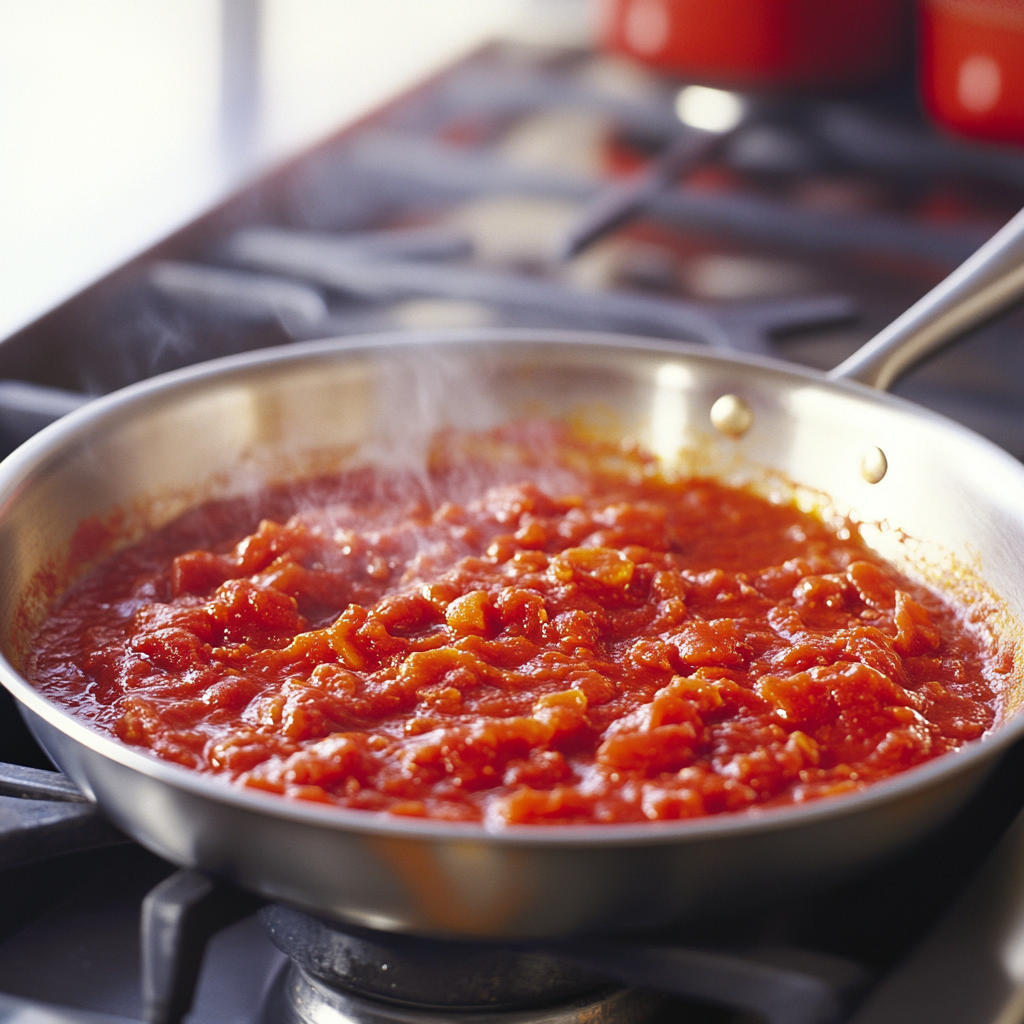
Tomato-based dishes like pasta sauce and chili are microwave splash hazards waiting to happen. As these liquids heat, steam builds up beneath the surface, often resulting in explosive messes. Beyond the cleanup, microwaving can overcook or scorch sauces, altering their taste.
Reheat these dishes on the stove for better control over temperature and consistency. A few extra minutes will save you from frustration.
10. Mushrooms
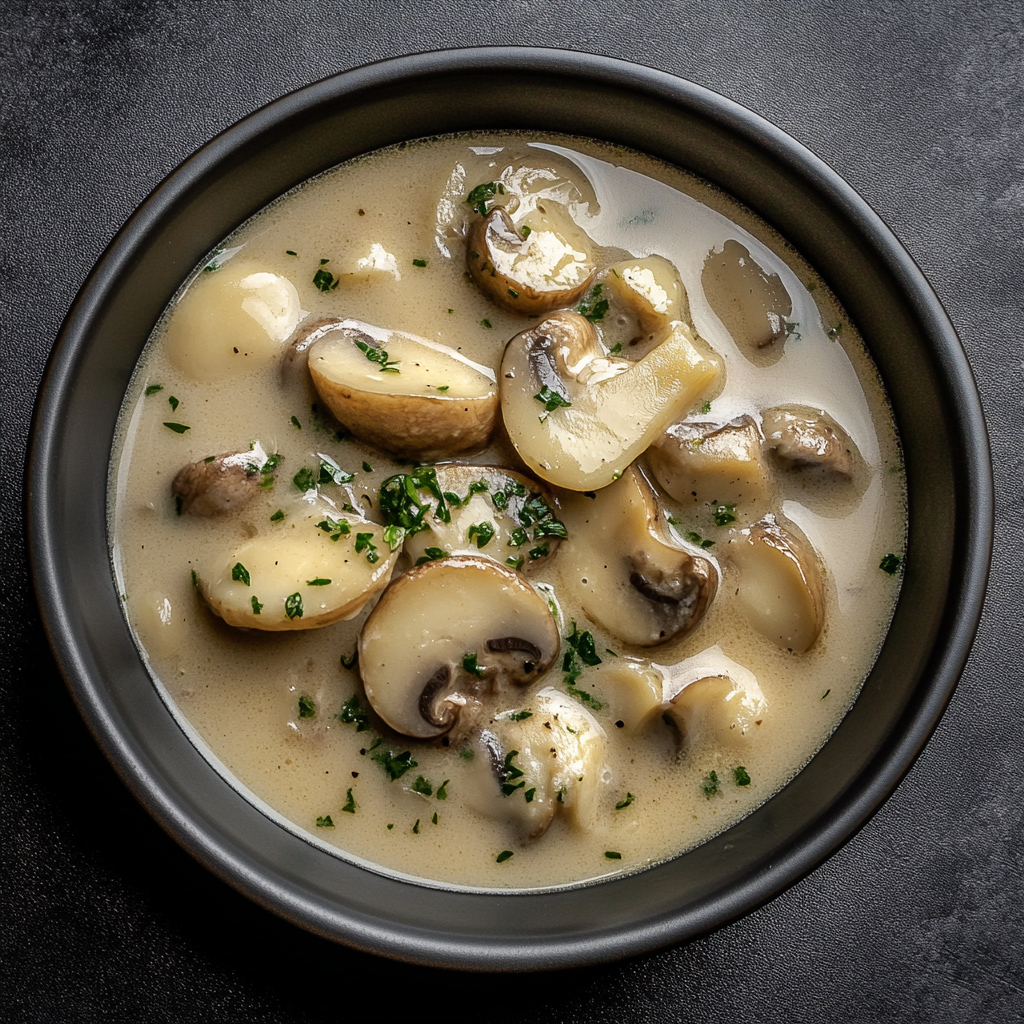
Cooked mushrooms are another food best left out of the microwave. Their high water content makes them prone to sogginess and flavor loss. Additionally, reheating mushrooms can alter their protein structure, potentially causing digestive issues.
Instead, reheat mushrooms in a skillet with a little oil or butter to maintain their taste and texture. This method ensures your mushrooms stay a delicious part of your meal.
11. Soup with Cream or Dairy
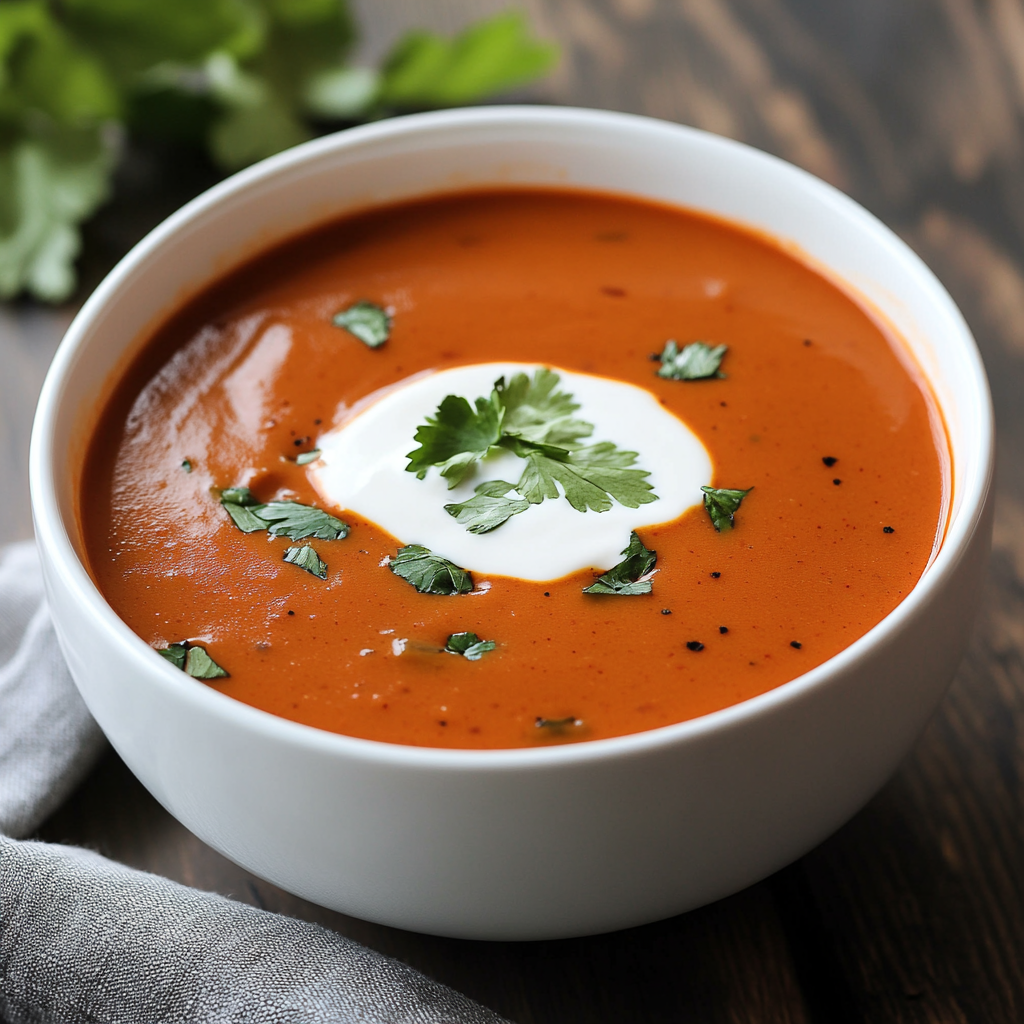
Creamy soups and chowders are microwave landmines waiting to explode—literally. The rapid heat can cause dairy to curdle, leaving behind an unappealing, lumpy texture. Plus, uneven heating often results in scalding hot spots that can burn your tongue or leave other areas lukewarm.
For a velvety finish, warm dairy-based soups on the stove over low heat, stirring frequently to maintain their smooth consistency. This approach also helps preserve the delicate flavors that make these soups so comforting. Taking the time to reheat properly ensures your bowl of comfort stays delicious.
Leave a comment